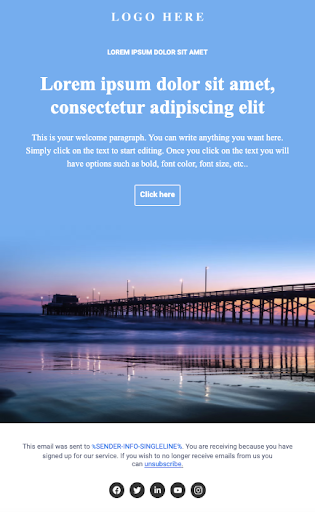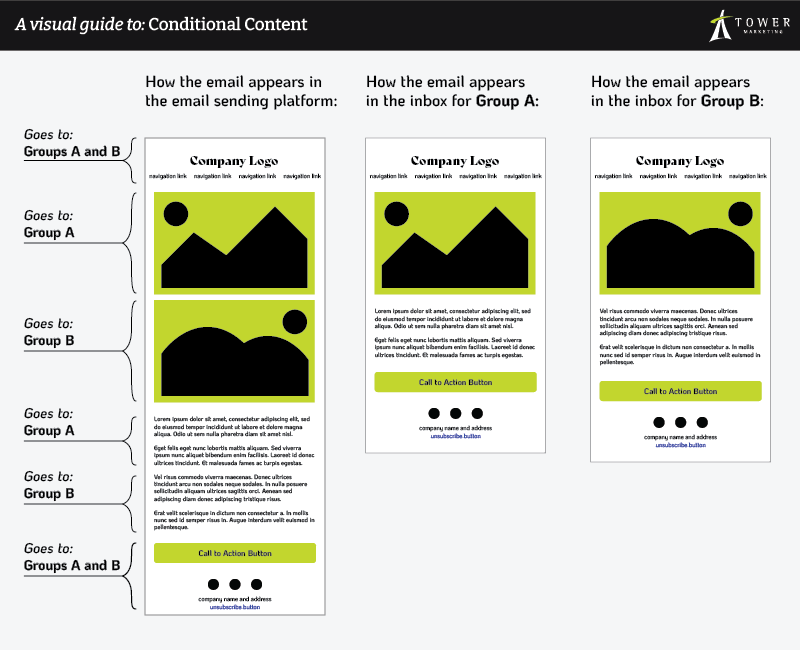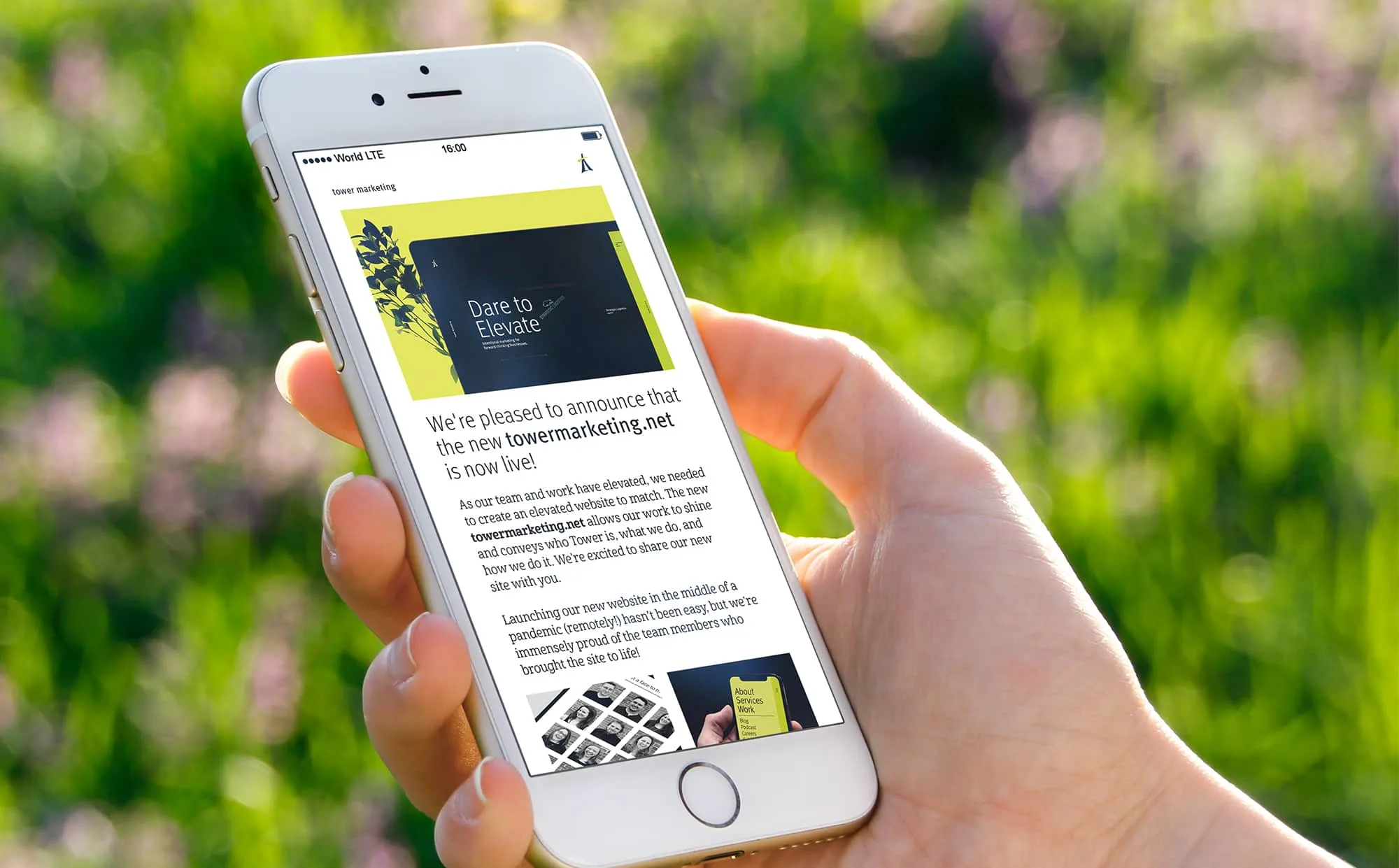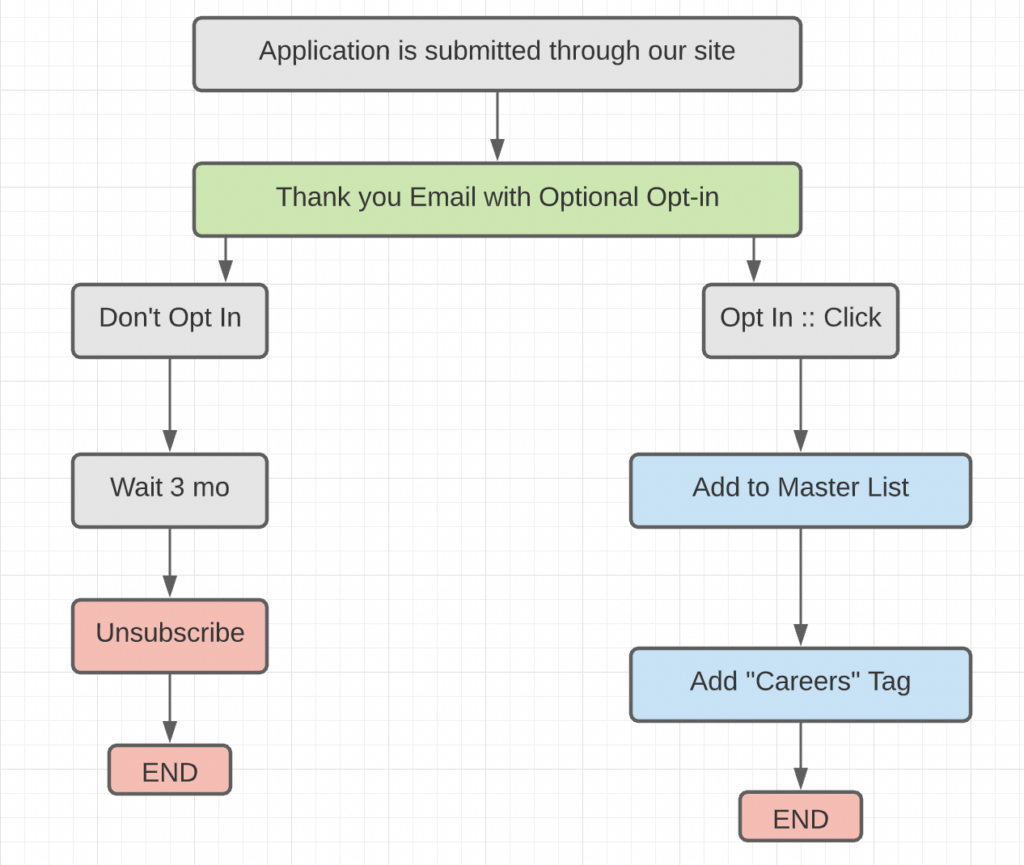Where’s your cell phone right now? It’s probably within an arm’s reach, definitely close enough to hear the ping of a new text message.
Across the globe, over 6 billion text messages are sent daily. If you work in digital marketing, you can use this to your advantage.
Think about how often you pick up your phone a day. Now think about the visibility your messages could have if you can reach people through text.
If you’re looking for an effective customer retention strategy to keep your audience engaged, text marketing can be a powerful channel to invest in. From best practices to tips on growing your contact list, explore how SMS marketing campaigns can transform your business.
SMS Marketing: The Basics
Short message service, or SMS, marketing is a form of mobile marketing that uses text message campaigns to send information to a consumer’s cell phone. This could include anything from discounts and order confirmations to business updates and customer feedback surveys.
Much like email marketing, SMS messages are managed in a CRM where texts can be sent manually or in bulk. Unlike emails, however, SMS marketing campaigns are simpler, more concise, and more likely to be opened.
Text campaigns have a nearly perfect open rate of 98%. Of those opens, 97% happen within the first 15 minutes of delivery; 90% in the first 3. No other distribution channel comes close to an open rate this high.
Bottom line: it’s one of the most powerful digital marketing tools because it puts businesses in direct contact with customers on a channel that’s proven to capture attention.
Types of Campaigns
SMS marketing campaign messages usually fall into 1 of 2 categories: promotional or transactional. Let’s take a look at how they’re used.
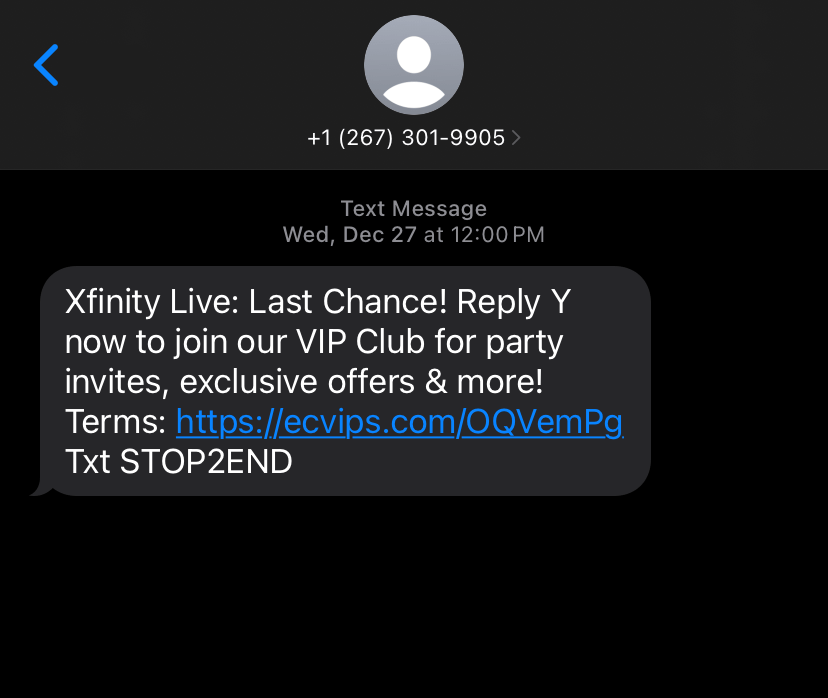
1. Promotional
Anything that pushes the sale of a product or service — discounts, coupon codes, limited-time offers — is categorized as a promotional message. These have a clear marketing intent: user engagement.
Whether it’s to make a purchase, fill out a survey, or opt-in to a loyalty program, promotional messages are sent with conversions in mind.
Some examples of promotional text message campaigns might include:
- Coupons
- Flash sales
- Sweepstakes
- New product announcements
- Event promotions
- Loyalty program invitations
- Early access deals
Overall, promotional campaigns help keep your business top of mind and are popular for driving engagement with new and repeat customers.
Promotional SMS Marketing Compliance
Just like email marketing, the Telephone Consumer Protection Act (TCPA) lays out clear opt-in and opt-out requirements for text message campaigns. Sending unsolicited promotional messages without permission is illegal and punishable by some hefty fines.
To stay compliant, businesses must obtain explicit consent from users before any communications are sent.
From a marketing standpoint, sending messages without permission could be detrimental to your brand reputation as well. Text inboxes are perceived as more personal than email inboxes. Sending a text to your customers without an invitation is an invasion of privacy and could cause them to think about your brand differently.
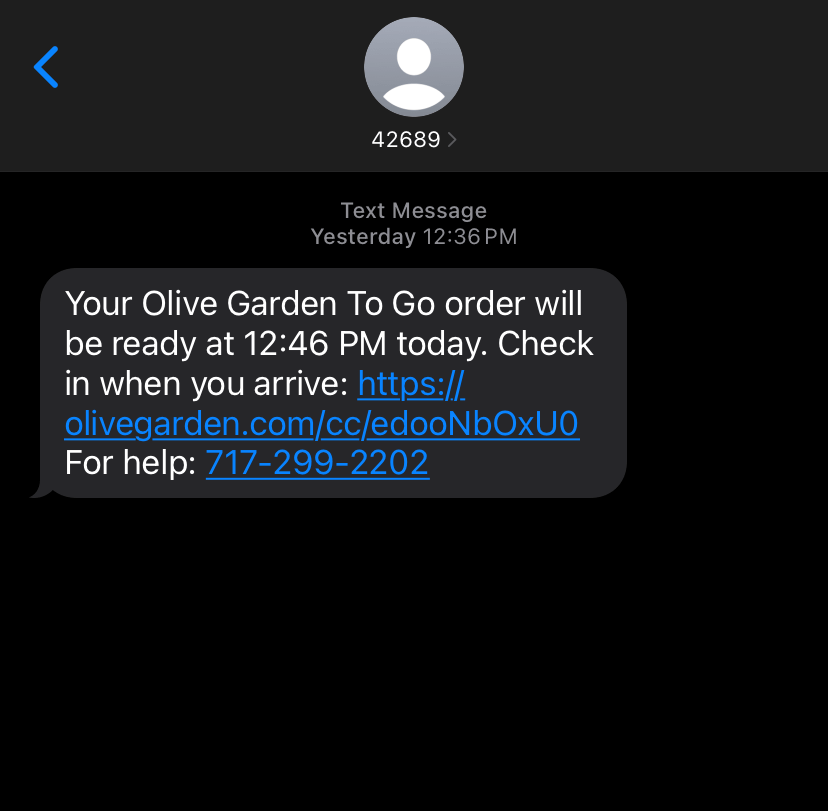
2. Transactional
Transactional SMS marketing campaigns happen after the purchase or desired action is taken. They are often automated, and sent in response to an action being taken.
Some common examples of transactional messages could include:
- Order/booking confirmations
- Shipping & delivery updates
- Billing information
- Appointment reminders/confirmations/cancellations
- 2-factor authentication (2FA) or verification codes
They differ from promotional SMS marketing campaigns because their marketing intent is simply customer care. The message content delivers essential information to support the customer’s journey with your brand.
For this reason, they are a valuable customer service tool that can help boost customer satisfaction and trust.
Transactional SMS Marketing Compliance
Unlike promotional SMS text regulations, transactional compliances are a bit more flexible because they’re seen as an expectation. Consent can sometimes be implied because communications provide convenient updates for recipients about their orders.
As a best practice, however, it’s still highly encouraged to obtain expressed consent. It shows your customers that you value their privacy and boundaries, and it protects your business from any possible legal infringements.
Benefits of SMS Marketing Campaigns
Now that you have a better idea of what text campaigns are and how they can be used, let’s take a look at why you should use them.
- Boosts engagement rates: SMS open rates are astoundingly high. For perspective, email open rates average just above 20%, while text campaigns average 98%. Not only are the open rates higher, but engagement rates are, too. Click-through-rates of text message campaigns average a whopping 19%!
- Delivers information faster: 90% of text messages are read within the first 3 minutes of being received. If you have a time-sensitive message to share, an SMS marketing campaign is highly effective and can guarantee it reaches your audience.
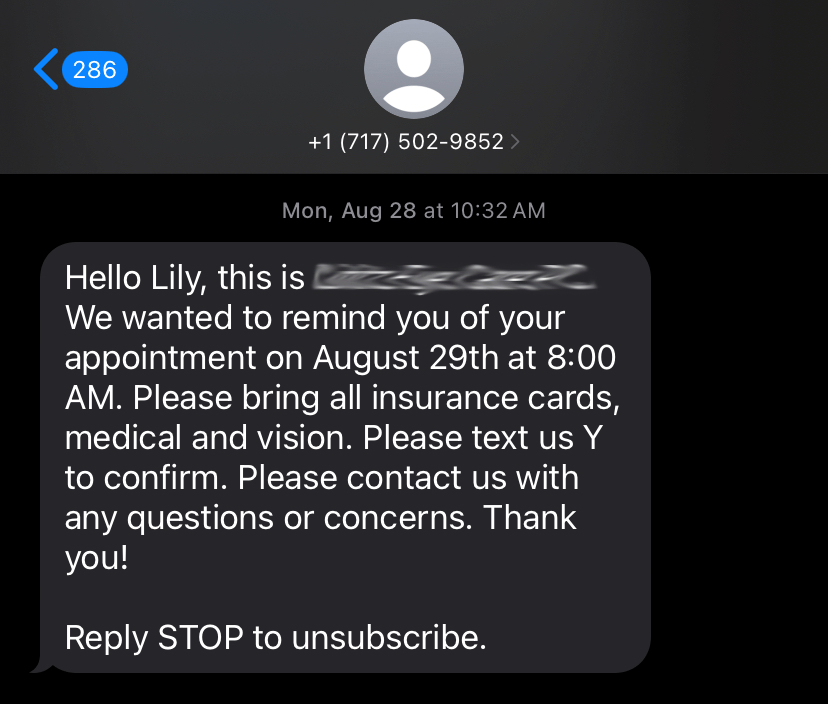
- Allows for personalization: The key to any effective marketing campaign is personalization. Consumers love a message or deal that’s tailored to their interests, and at this point, it’s an expectation. Adobe reports that 76% of users are “frustrated” when brands don’t personalize their messaging.
- Builds loyalty: Through personalization and respecting communication preferences, text campaigns can make your customers feel valued. The more important they feel, the greater the chances they’ll become a repeat customer.
- Supports other channels: On its own, SMS campaign performance is strong. But it can also be used to boost your performance on other digital channels, too. You could run a promotional SMS marketing campaign to get users to subscribe to your email list or to follow your social media accounts.
- Easy to create: Character counts and other content constraints make SMS messages easy to produce. They must be short and to the point, which can save time and get time-sensitive messages to your contacts faster.
- Accessible for any industry: Whether you work in retail, finance, tourism, or healthcare, text campaigns can support communications in any B2B or B2C industry.
Disadvantages of SMS Marketing Campaigns
Though the list of advantages is long, there are a few drawbacks to also consider.
- Permission-based: Explicit consent is required to send text campaigns. If you’re building your contact list from scratch, finding customers to opt-in can be a challenge.
But don’t let this stop you — according to an Attentive Mobile Consumer Report, over 91% of survey respondents expressed interest in receiving SMS marketing campaigns from businesses.
- Message limitations: Most CRMs have text limitations in place, which can complicate the delivery of certain messages via SMS. Standard plans require texts to contain 160 characters or less. Anything exceeding that limit will be sent in a string of 2 messages and will cost 2 SMS credits.
Character limits are even more restrictive if your text contains Unicode. Messages with Unicode must be kept to 70 characters or less. (Emojis are considered Unicode and are counted as 2 characters, so craft your messages wisely!)
SMS Marketing Strategies
After you’ve decided to add SMS to your business toolkit, it’s time to perfect your strategy. Below, we’ve outlined some best practices to follow when it comes to building lists and improving engagement.
Building Your Contact List
Building your contact list starts with awareness. Your target audience must know that you have a text message option available. In that same vein, it’s also a best practice to let them know how you intend to use their number.
Any additional information you can provide about the type of messaging and the frequency of messaging could be a determining factor in getting users to join your list. Transparency = trust = conversions.
So how do you get users to join your list? There are plenty of strategies your business can try.
- Text-to-join: The most basic, but tried and true method for getting users to join your SMS contact list. It requires users to text a keyword to your SMS short code or 10-digit number to opt-in
- Sign-up forms: Get users to sign up using a form. Try embedding forms on your homepage, site footer, or in blog content.
- Use your email list: If you already send newsletters to an email list, use that to your advantage by encouraging them to sign up and stay connected via SMS. (Note: Even if they consented to receive email communications, it cannot be assumed they want to receive text campaigns, too. Consent is still required!)
- Checkout opt-ins: If you have an eCommerce site, ask users for their phone number during checkout. Add a check box near the number entry for users to check yes or no to consent to receive SMS communications.
- Incentives/exclusive discounts: With a little extra incentive, like offering opt-in discounts or running deals for only your SMS contact list, more users are likely to sign up.
- Promoting on other channels: Raise awareness for your SMS program by promoting it on social media. For the best results, try running a paid ad on your preferred social media platform. If you don’t have the extra budget, promoting it organically will work just fine.
Best Times to Send
Like your email marketing strategy, the success of text marketing campaigns relies heavily on being sent at the right time. Textedly suggests limiting send times to regular business hours for promotional SMS campaigns. Transactional, on the other hand, can be sent at any time since they’re typically sent by an automation triggered by a user action.
Audience Segmentation
If you’re looking for additional ways to optimize your SMS campaigns, audience segmentation can be crucial. Segmentation is the process of categorizing your target audience into additional smaller subgroups based on interests, behaviors, or other criteria.
To get started, here are some basic ways to categorize your contact lists:
- Engaged/unengaged users
- First-time/repeat purchases
- Location/time zones
You can use these categorizations to help improve your personalization strategy. If you know how they’ve engaged with your SMS marketing campaigns in the past, you can send personalized offers based on what you know they’re most interested in.
Drive Results with an Integrated SMS Marketing Strategy
SMS is proven to be a highly effective tool for driving results, especially when integrated to assist your existing marketing efforts. If you want to boost your brand visibility and meet your users where they are most active, it’s time to tap into SMS marketing.
Explore how your business can benefit from text marketing. Contact our team of specialists to start seeing results.





